You know the saying “the money’s in the list.”
It’s the idea that the bigger your email list, the more power you have. I can testify that it’s 100 percent true.
When I first started out as a digital marketer, I had no list.
Nada.
As a result, I wasn’t making any progress.
Eventually, things changed. I figured out that a list is important.
Today, I have a list. A massive list.
It’s true. There is incredible power in the list!
Yes, you still need to have a great product and memorable branding. If you do, an email list will work like magic.
The problem is actually getting people on your email list. There are a lot of email marketing tactics out there, but not all of them work for everyone.
I hear it all the time from people with tiny email lists who are struggling to get new subscribers.
Many people are trying the usual tactics––an optimized signup form, an inviting CTA, a great lead magnet––and it just isn’t working.
If you’ve tried all the tricks in the book, then you need a new book.
That’s why I’m going to share with you some of my best tips for getting new email subscribers every single day.
It’s going to take some work, but if you make the effort, you’ll see some major results.
In fact, you can use these techniques to get 128 email subscribers a day. That might seem like a big number, but it’s not impossible at all.
I led with this number — 128 — because that is the average number of email signups that one of my clients recently got (averaged over 90 days).
The problem that this marketer was having (generating interest for a new app he wanted to develop) was that his list was going nowhere.
He had opt-ins. He had signups. He even had popups!
But the growth was only about four signups a day!
Yikes.
It took a little while. But after three weeks of aggressive work, things totally picked up. I recently got an email from him, and he showed me a screenshot of his metrics.
His average daily signups? 128.
Here’s how to build a winning list and get new subscribers today.
Learn how I collect over 50,000 new emails a month through content upgrades.
Evaluate your current strategy
There’s a fairly standard process for creating a great email capture system.
If you have an email capture system in place, you could be doing it wrong. (More on that later.)
If you’re new, here’s how it works.
First, you have to provide a good reason for people to sign up to your list. If your users aren’t getting something extremely valuable, they won’t want to join your list.
Here’s a snippet of Copyblogger’s signup page:
Copyblogger makes sure you know exactly what you’re getting before you sign up to the list. In fact, they give you 16 reasons––15 ebooks and 1 training course.
(Side note: I love how they list their free ebooks directly to the left of the signup form. That’s an excellent technique to get readers interested and automatically increase your conversion rate.)
Second, you have to make the signup process compelling. Marketers put a ton of work into their email signup forms and for good reason. A bad or complicated signup form can instantly turn people away.
Simplicity is key. Here’s the signup form Darren Rowse uses for Digital Photography School’s signup page:
Darren also makes sure people know what they’re getting, and he uses bullet points masterfully to create a value-packed offer. It’s simple and straightforward.
Third, you usually have to create a lead magnet. You need something irresistible to draw people in. You can’t offer a generic infographic or ebook––you have to offer something tailor-made for your audience.
Digital Marketer used a simple guide on Facebook ads to get 35,859 leads in 60 days.
This checklist is perfect for Digital Marketer’s audience. It has incredibly actionable content that was created with their readers in mind.
These are the three vital ingredients for a great email capture system.
If your email capture system doesn’t have those three things, that’s probably where your problem is.
These are three of the most common problems that marketers and bloggers face. Let’s look at each problem in depth.
Problem #1: There’s no good reason to sign up for your list.
Your email capture system might look good on paper, but you have to ask yourself, “Have I given people a reason why they should join my list?”
You’d be surprised at how often this happens. People prefer to have the reasons spelled out for them so they know exactly what to expect, but lots of people don’t do that when creating their signup forms.
Problem #2: The signup process is boring or problematic.
If someone has to go through three screens just to sign up to an email list, they’re going to get fed up really quickly.
A good signup form should encourage people to sign up. It should reinforce why someone should sign up, and the process should be easy and hassle-free.
Problem #3: You don’t have a lead magnet or your lead magnet isn’t valuable to your audience.
So many bloggers think they can spend 5 minutes on a plain-looking checklist and use it as a lead magnet. The truth is that making a good lead magnet will take some work.
Your lead magnet needs to have a ton of valuable content that’s relevant to your audience. (A nice design doesn’t hurt either.)
Right now, go analyze your email strategy. Does it tick all of these boxes? If not, you should fix that. That’s probably why you’re not getting the amount of signups you want.
If you’ve tried all of this so far and nothing’s working, here are some more ideas to give your email capture system a makeover.
Make it super easy for people to sign up
This one might take you by surprise. If it’s not insanely easy for people to sign up, you could lose a lot of traffic.
Too many signup forms ask people for their first name, last name, email (sometimes twice), phone number…you get the idea.
But really effective signup forms are short. Here’s a great example from Smart Blogger:
It’s literally just an email address. That’s it. With a few keystrokes and a single click, someone can sign up to the list.
Here’s a signup form I use:
Mine’s a little more involved, but not much. I only ask for a first name and an email. (I ask for a first name so I can personalize my emails.)
It takes about ten seconds to fill out my form (and even less if your browser automatically fills in the boxes). That means I won’t lose any traffic due to a complicated signup process.
If people are interested in your content, you want to help them move from point A (your site) to point B (successfully joining your list) in the shortest possible amount of time.
If you want to personalize your emails or get some demographics, you can also ask for that information.
If you go this route, understand that you’ll lose some traffic, but you will gain more valuable information.
For example, here’s a signup form from Kissmetrics:
We chose this option because we want to find out lots of information. This also ensures that only people who are really interested will sign up, which means they’re likely to be warm leads.
It’s all about your goals. Consider what you want to achieve, and design your opt-in forms with your objectives in mind.
Make an opt-in form available on every page
I’ve seen so many blogs that put a lot of time and effort into creating an outstanding email signup form. It’s short, the CTA is compelling, and it’s well designed.
Then they share a bunch of articles and other content to drive visitors to their site. But they get almost no traffic.
This happened because these blogs only put their signup forms on their homepage.
It sounds like a silly problem, but it’s caused lots of problems for all kinds of bloggers.
If you make a great opt-in form but only use it on your homepage, you’re missing out on so much traffic.
I recommend using a scroll box popup like the one Crazy Egg uses:
This is a nonintrusive popup that will appear on every page of your site. You can also set the popup to always stay in the user’s sight.
But that’s just one option. There are dozens more.
- A “Start Here” section on a homepage or any subpage.
- Right sidebar. A persistent sidebar opt-in, one that stays visible with the user scrolling, is best.
- Left sidebar. Again, go with a persistent opt-in if you have the choice.
- At the end of your blog post, directly after the last sentence.
- Distributed within the content, especially if you have an appealing offer.
- Above the fold on your homepage.
- In your website header.
- In your website footer.
- A custom landing page for visitors from a particular channel — Facebook or Twitter for example.
- Below your bio (especially if you have a bio in your sidebar).
- In a popup, anywhere.
- In a slider, anywhere.
- Off-site options: Facebook, Twitter card, YouTube channel, etc.
As I share below, quality is better than quantity.
But nothing substitutes for the sheer number of options that your site has.
With every additional opt-in, you increase the overall likelihood of someone clicking on that given opt-in.
So, yes, be strategic. Be intentional. Be smart. But by all means, add opt-ins wherever you can.
Strategically add more opt-in forms
When it comes to getting emails, quality is definitely better than quantity. We’ve all been on those annoying sites with three popups and a huge opt-in box that blocks half the screen.
But that’s not to say that you should only have one signup form. It actually doesn’t matter how many forms you have. It’s where you put them that matters.
Check out this small section at the end of each Kissmetrics post:
Why is this at the end of the post? Because this captures the reader’s attention right after they’ve read an article.
If they liked the article and found it useful, they’re more likely to sign up to your list or grab a free offer in exchange for their email.
You should also add a form to your Facebook page. OptinMonster shows you exactly how to do this:
You just click the “Create Call to Action” button, choose the “Sign Up” button, and enter the URL to your signup form.
Many email platforms like MailChimp integrate with Facebook, so you can also go with one of those options if you prefer.
Test your opt-in placements
Don’t forget to test your opt-ins. Remember, the goal isn’t to indiscriminately add opt-ins on every available white space of your site.
The goal is to add the right quantity and quality of opt-ins so that a greater number of users will convert.
Test your opt-in placements using Google Analytics goals, other split testing tools, or a heatmap tool.
Eliminate any opt-ins that are simply creating clutter, and continually optimize those that are gaining traction.
Create an email course
I’ve said it before, and I’ll say it again––people love to learn new things, especially when the information is super in-depth.
Holding a webinar is one way to teach people, but if we’re just talking email signups, you might want to create an autoresponder course.
The basic idea is that you create a short (3-7 day) course and offer it to new subscribers. Even better, you use an email autoresponder to automatically send the course out.
Pretty brilliant, right?
This technique doesn’t take a lot of work, but it does produce a lot of results.
There are different ways to set this up. If you’re using MailChimp, check out this guide by Paul Jarvis. If you use Aweber, here’s Aweber’s official documentation to help you get started.
One of the reasons this works so well is because a multi-day course is an irresistible offer.
If you’re offering a bunch of information-packed lessons, people will be more than happy to “pay” the small price of their email address.
Copyblogger’s Internet Marketing for Smart People course is a perfect example:
A 20-part course for free? That’s definitely worth handing over an email address.
Like any lead magnet, you have to make sure your course is full of content that your readers will find valuable. Nail that, and you’ll see some serious signups.
Venture out onto new social media platforms
You’re probably on Facebook and Twitter, but those aren’t the only social media platforms out there.
If you’re not on other social networks, you’re missing out on a considerable amount of traffic and email signups.
Instagram and Snapchat have gained popularity over the last few years, and they’re worth checking out. But there are even more sites that you can leverage.
You don’t have to stick to the bigger social platforms to succeed. In fact, if you use smaller social platforms, you can get more attention. It sounds crazy, but it works.
Here are a few examples of companies who are using small social platforms to get subscribers.
HubSpot has a Pinterest page where they showcase their latest content:
If Pinterest users like what they see, they click through to HubSpot’s site, which has several well-placed opt-in forms.
Other marketing companies share their content on sites like GrowthHackers and Inbound.org:
If you want to stay up-to-date and pursue more innovative marketing opportunities, you can try Periscope:
This image is from Phandroid.
For example, you could hold a live video event and direct viewers to your site where there’s an exclusive offer waiting for them in exchange for their email.
There are so many possibilities. I challenge you to get out of your comfort zone a little and try something new!
Conclusion
Just as it’s important to keep yourself healthy, it’s important to keep your list healthy.
That means ongoing signups from people who are seriously interested in your content.
Sometimes, it feels like you’ll never get a subscriber again. But I can guarantee you that right now there are thousands and thousands of people who need your content in their lives.
If you have truly awesome content and shout it from the rooftops, people will head over to see what all the commotion is about. And many of those people will turn into subscribers.
And guess what? All of the big websites you envy are using these exact same tips to get subscribers.
You don’t have to be a globally renowned company to get a lot of subscribers.
No matter how big your business is, no matter what niche you’re in, you can get a crazy huge amount of subscribers every day.
Try out these methods. They helped me boost my subscriber count, and I know they’ll do the same for you.
How do you grow your email list?

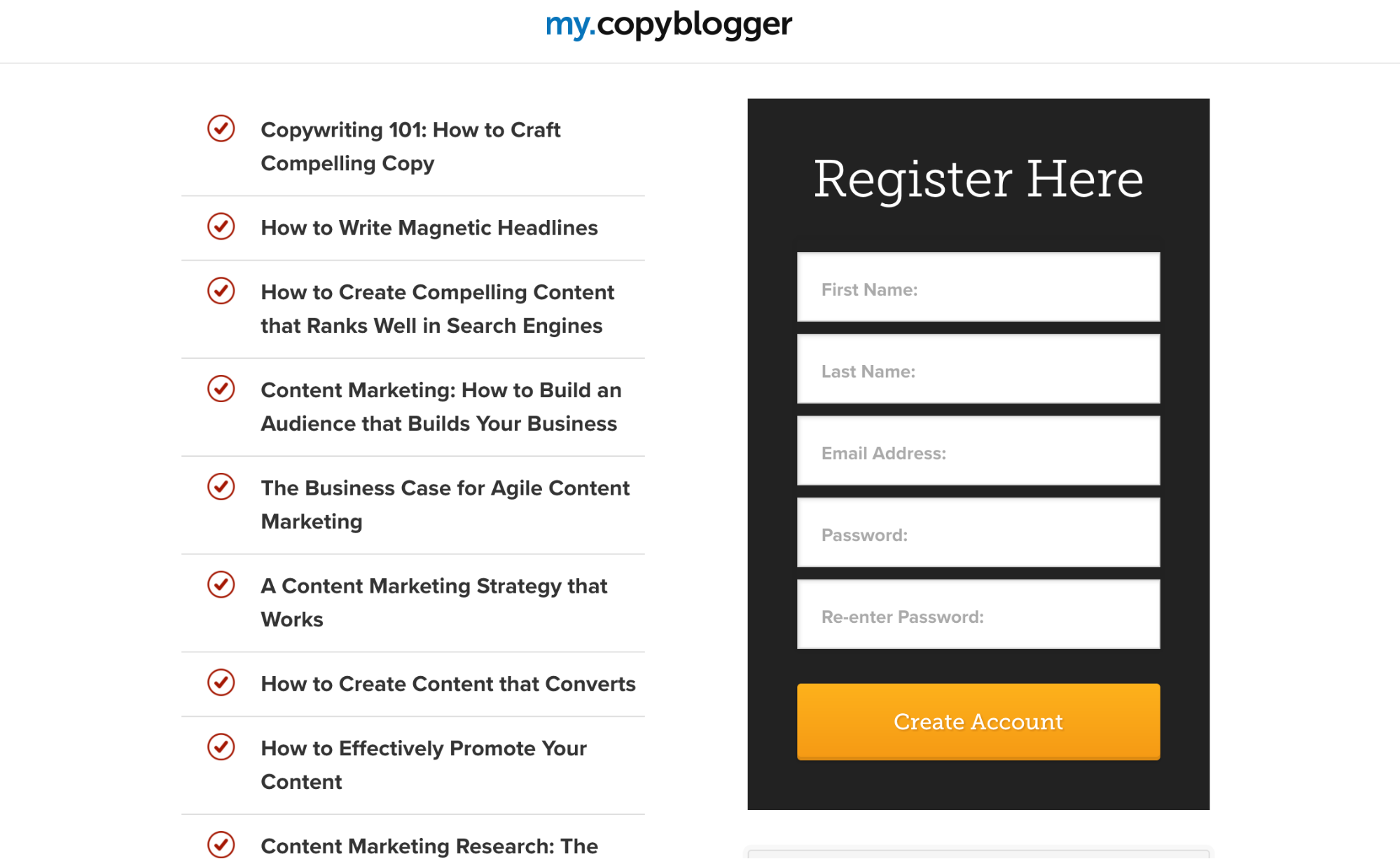
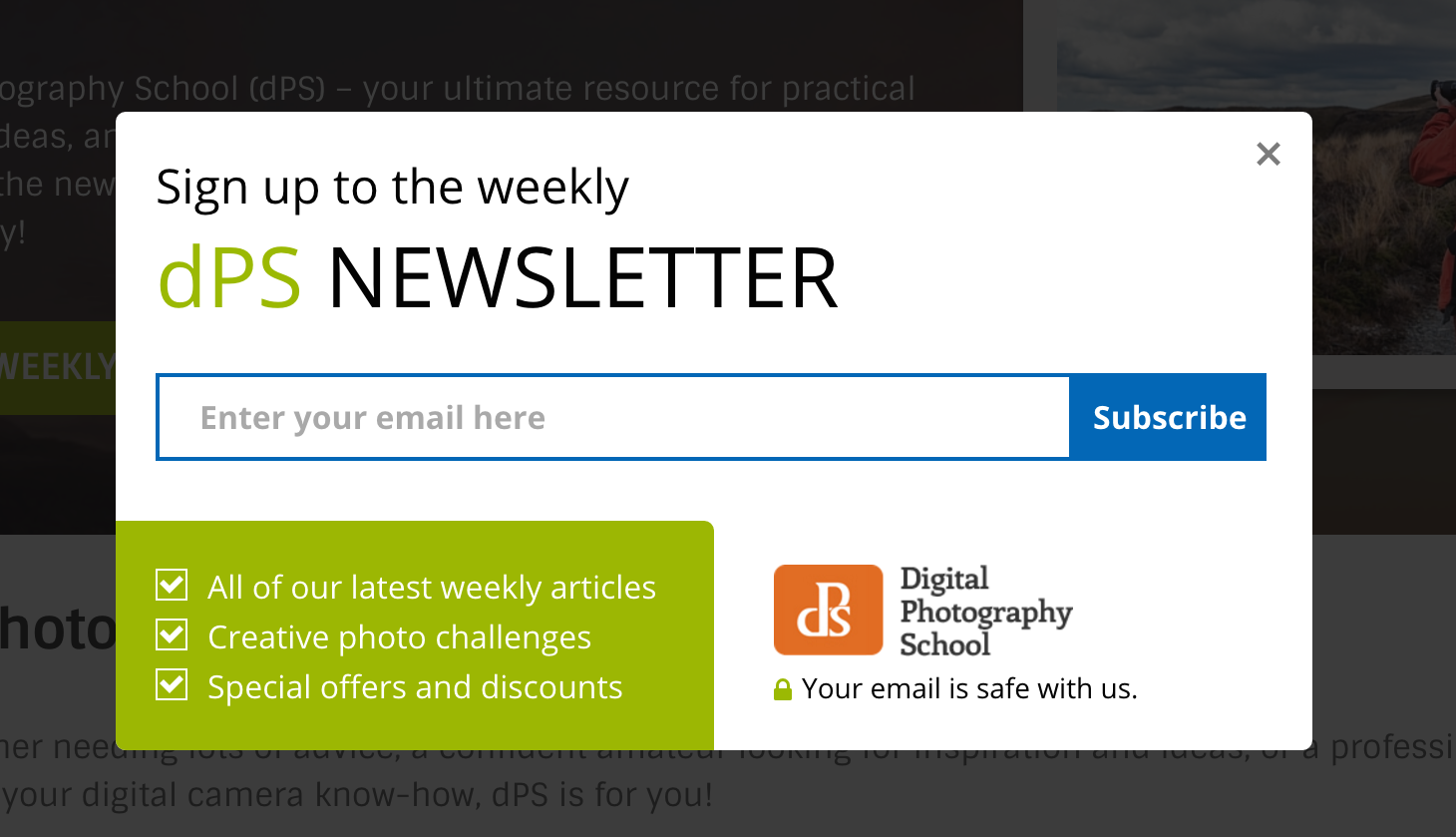
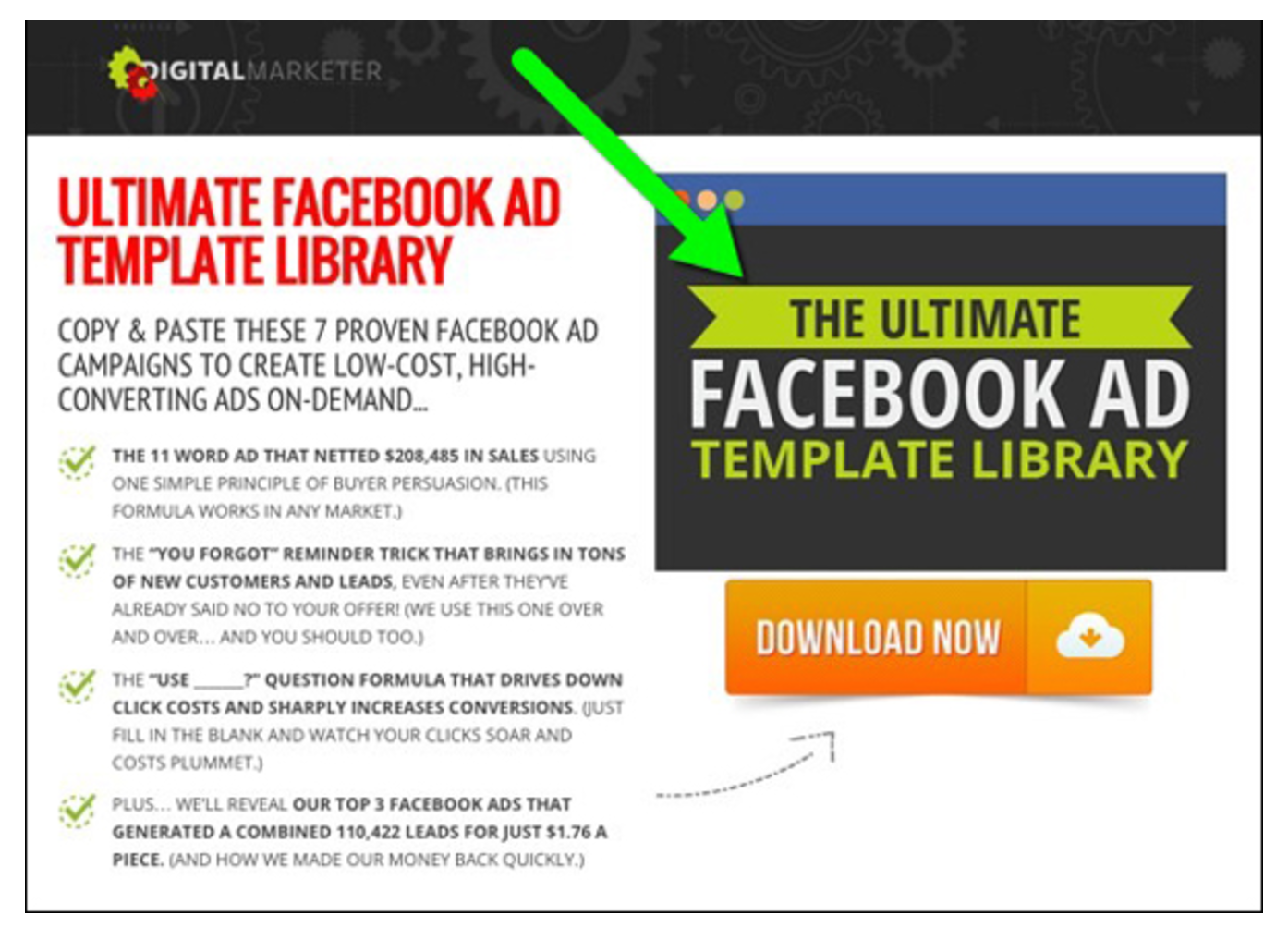
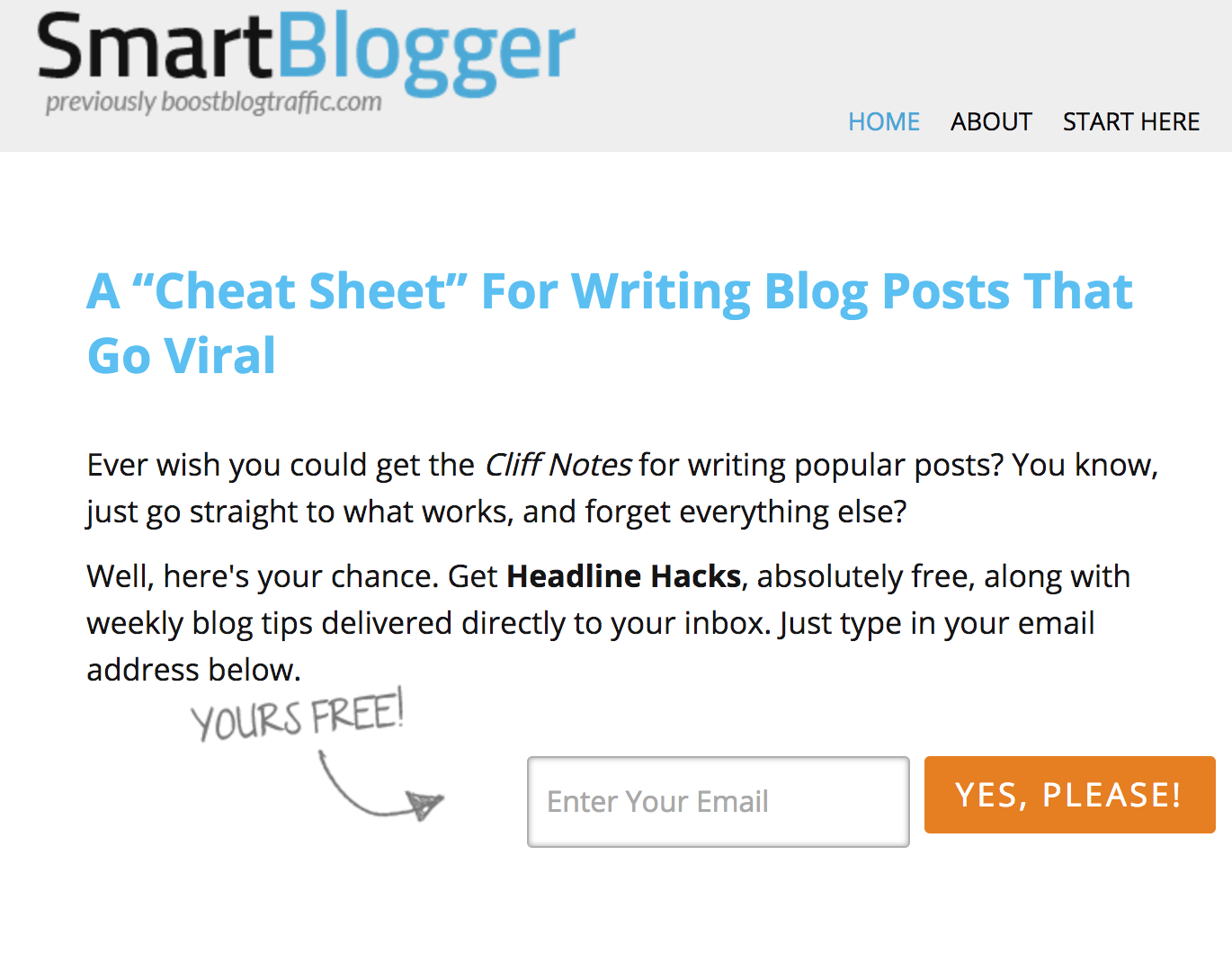
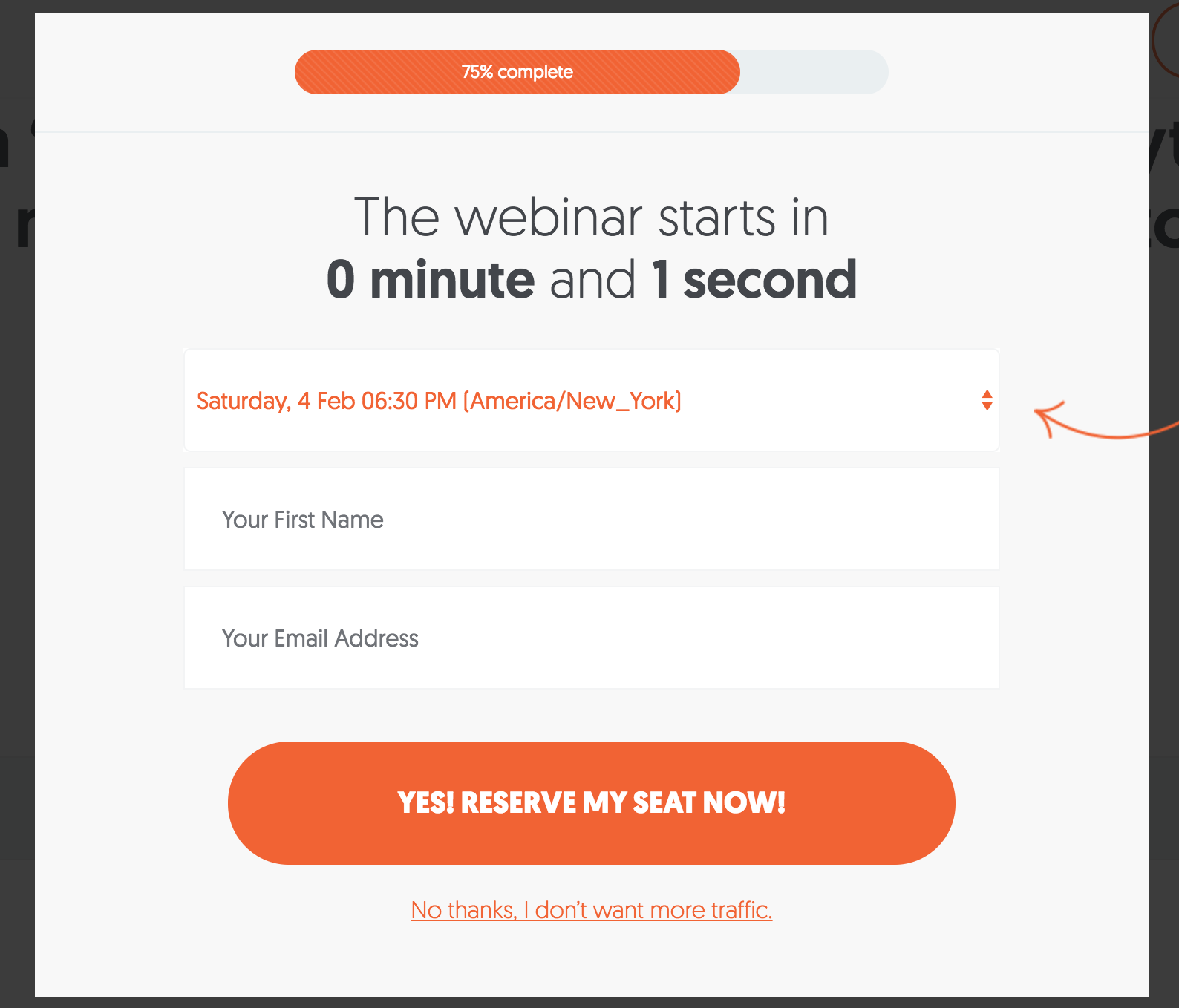
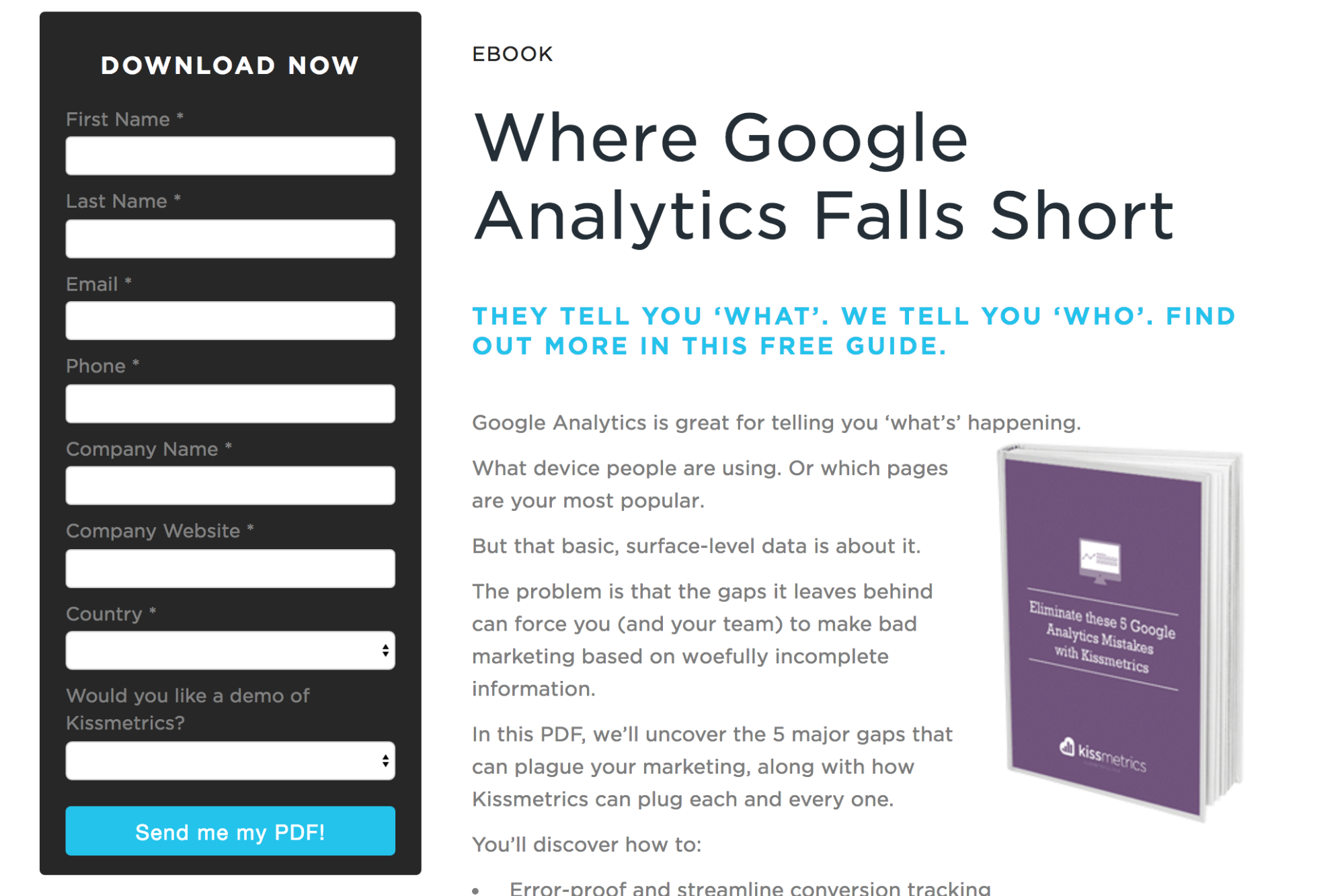
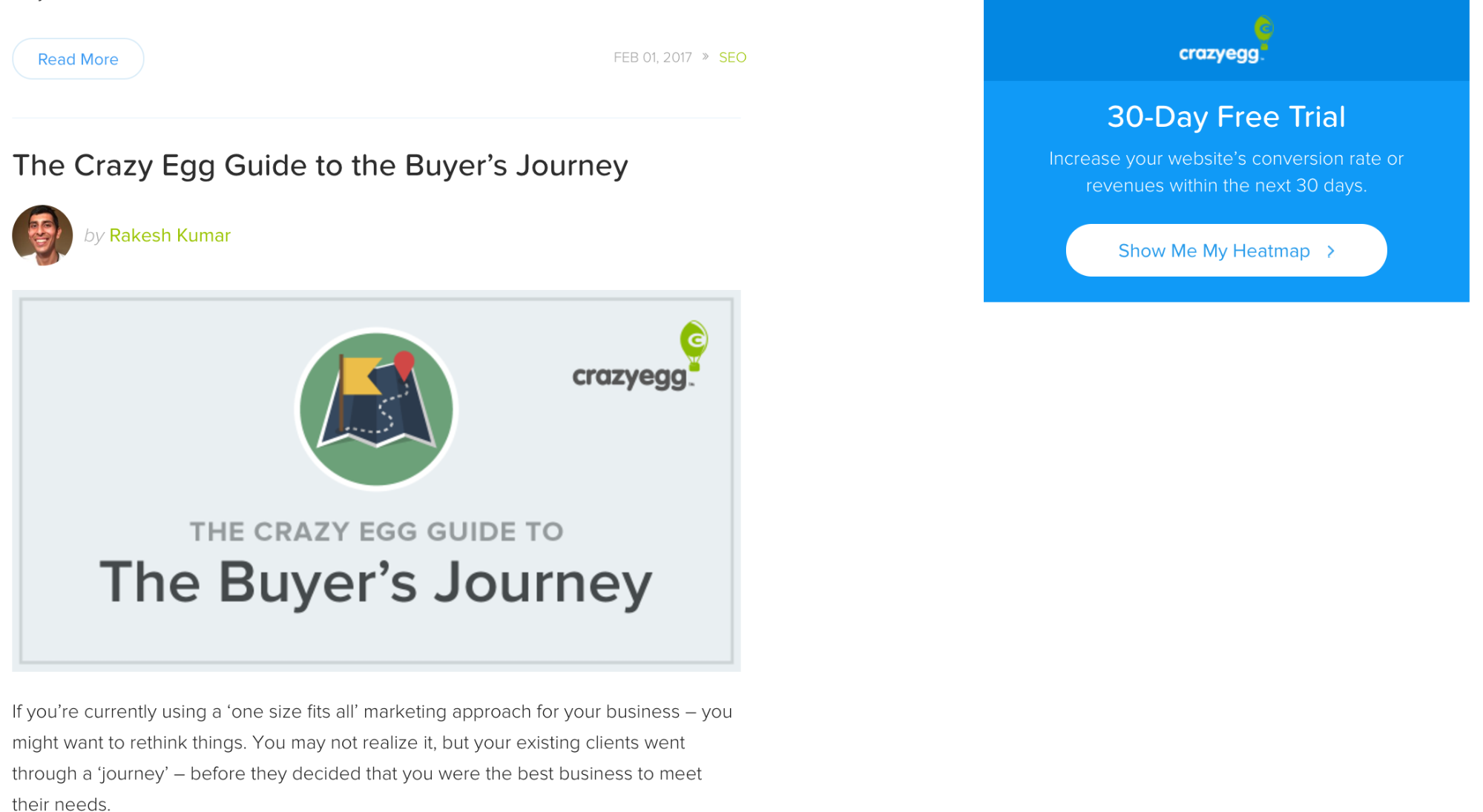
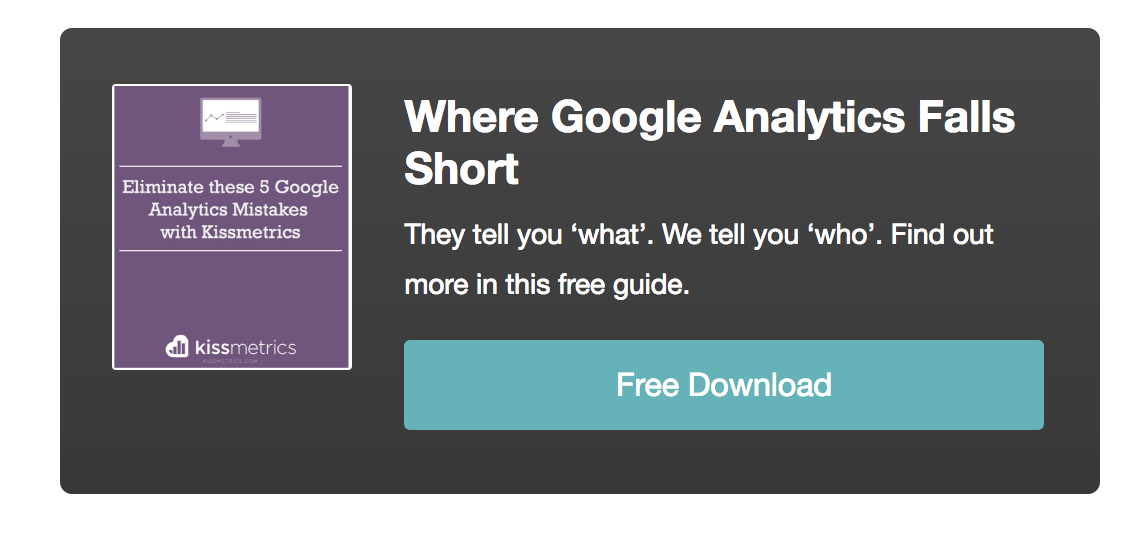

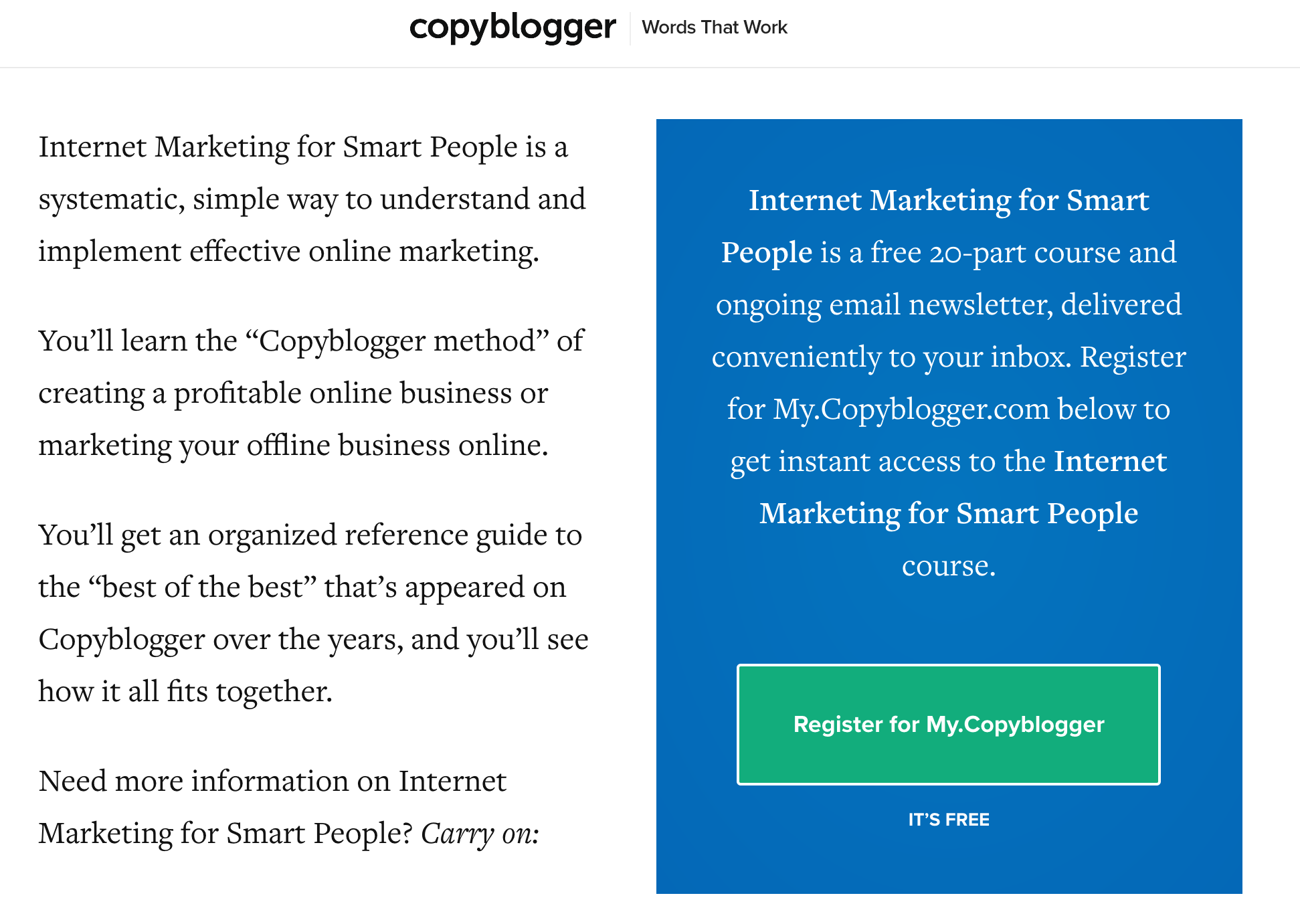
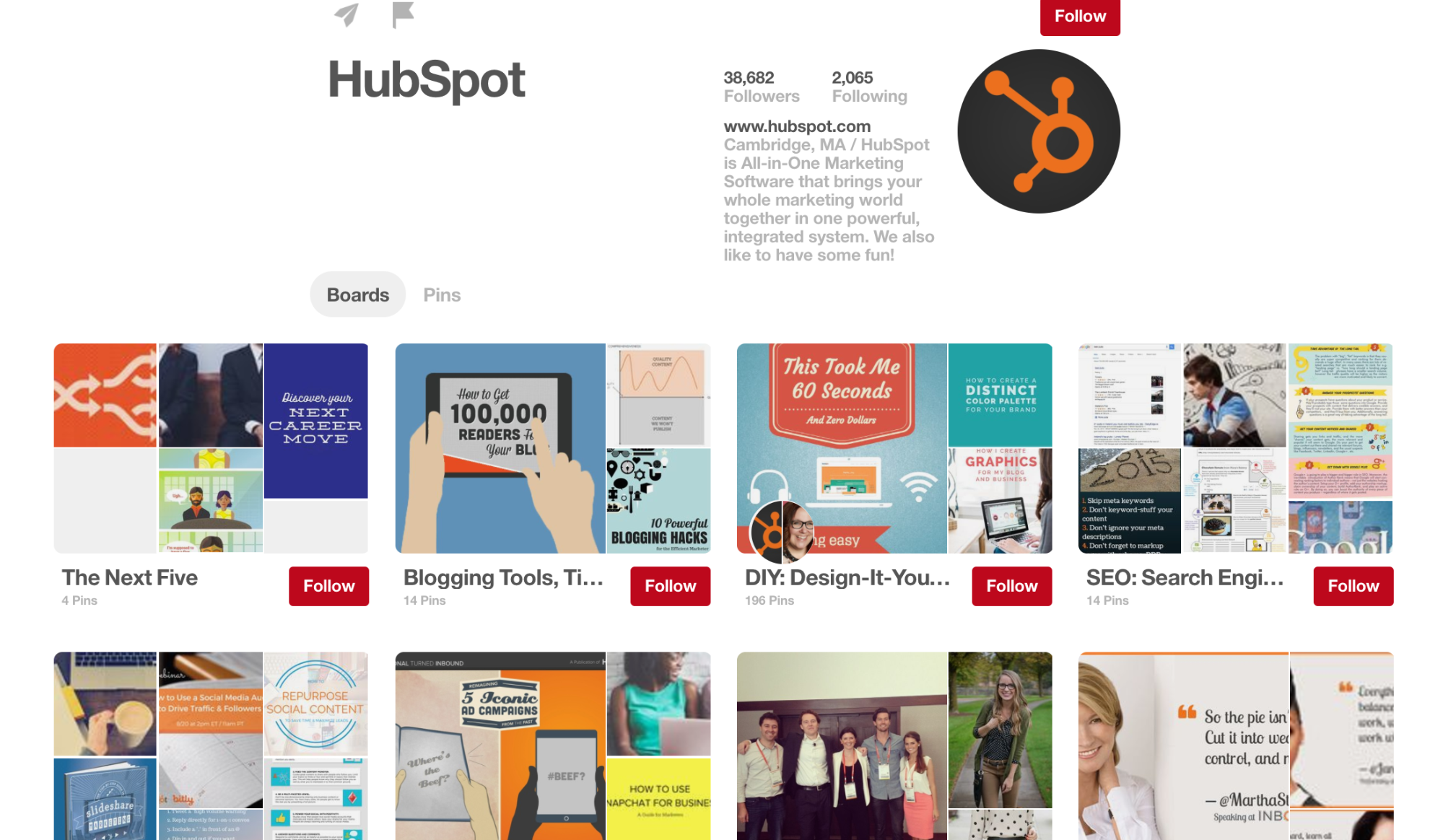
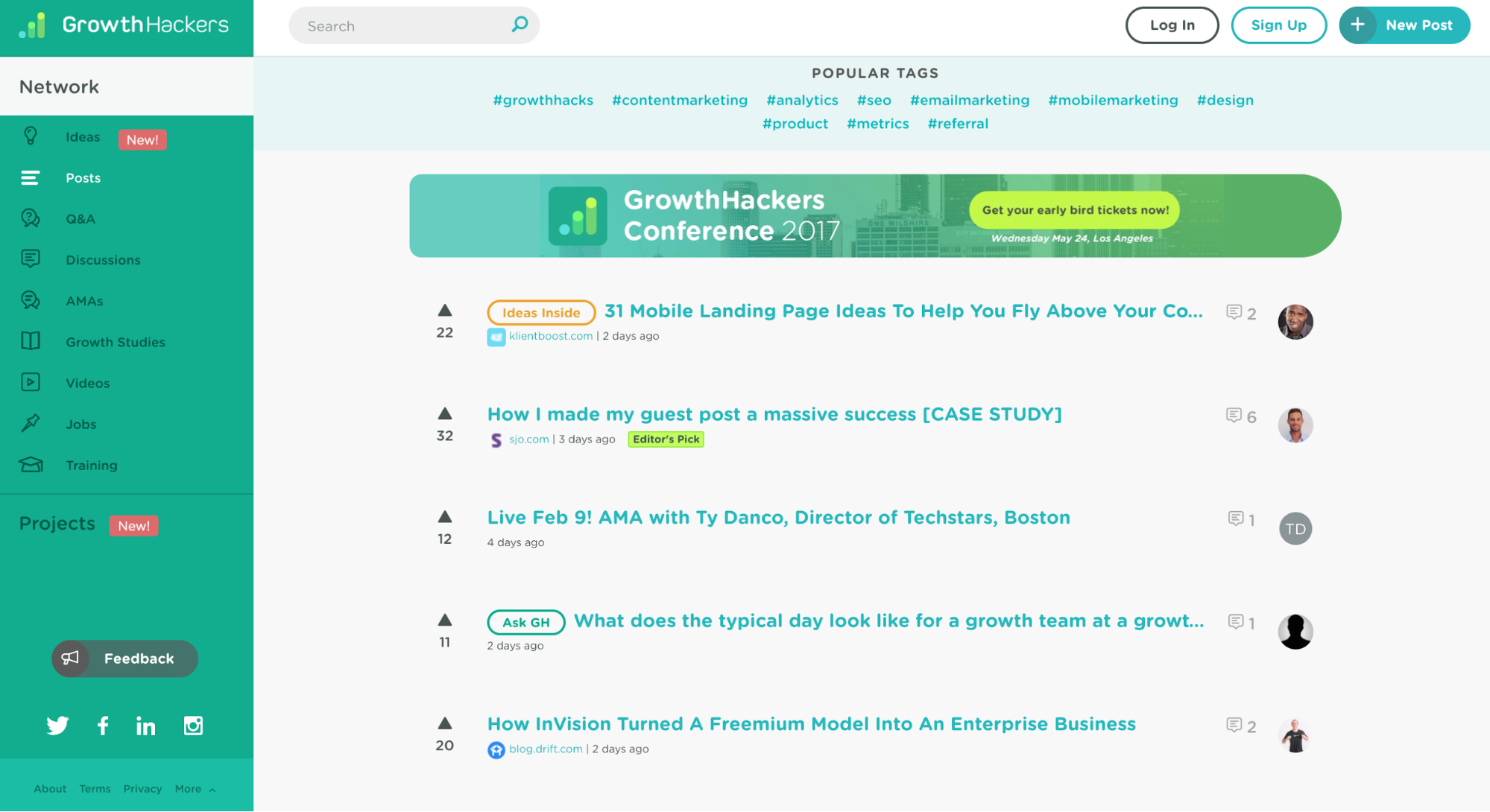

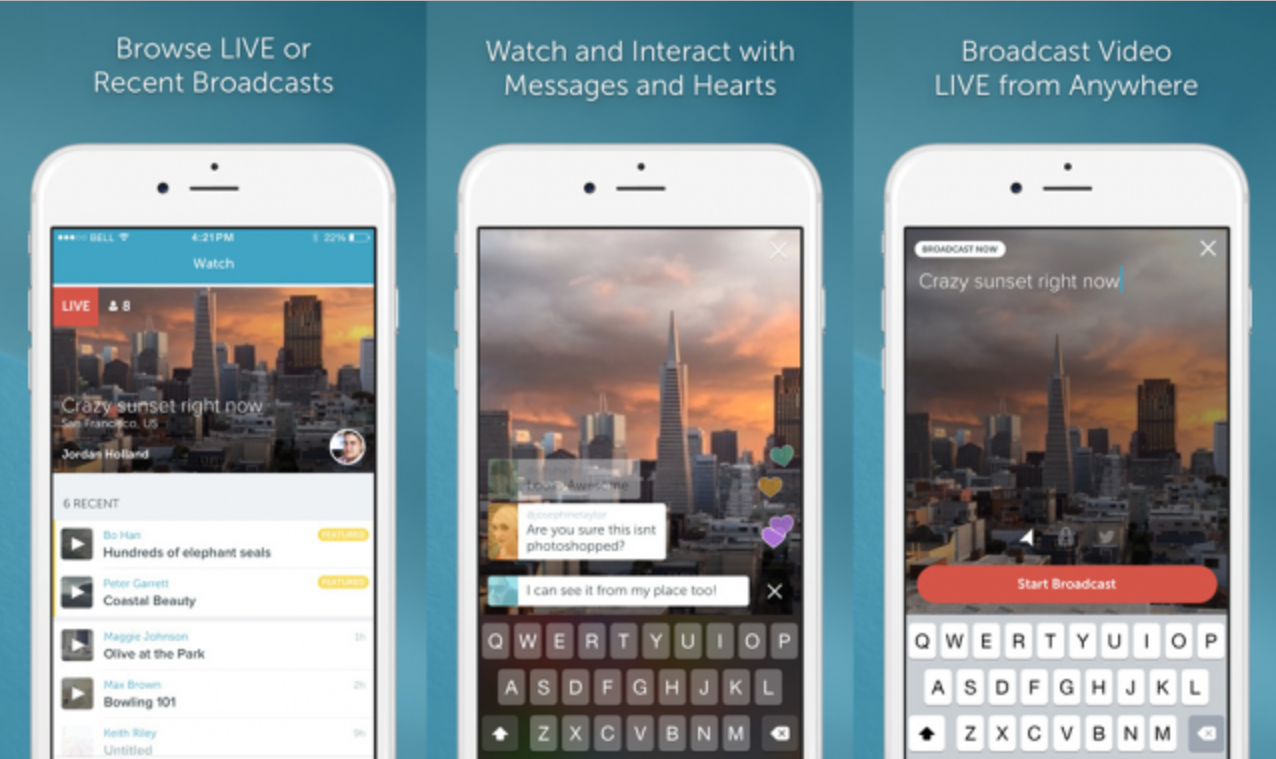
Comments (37)